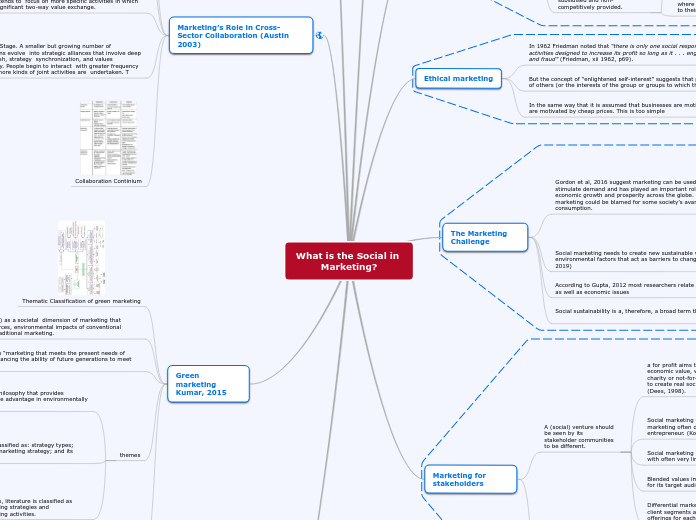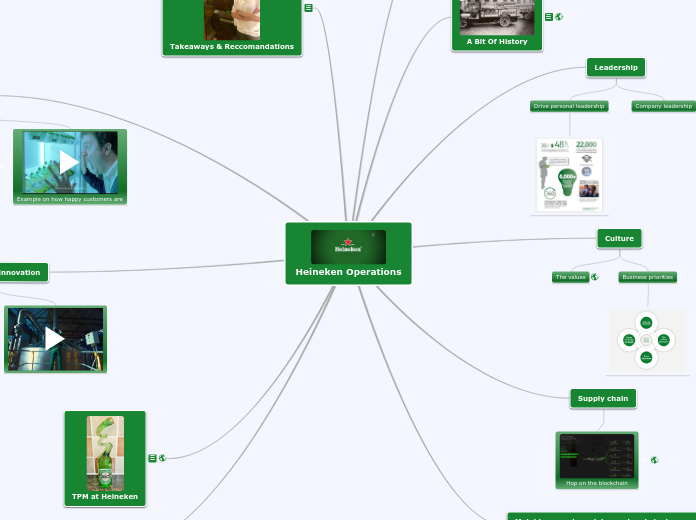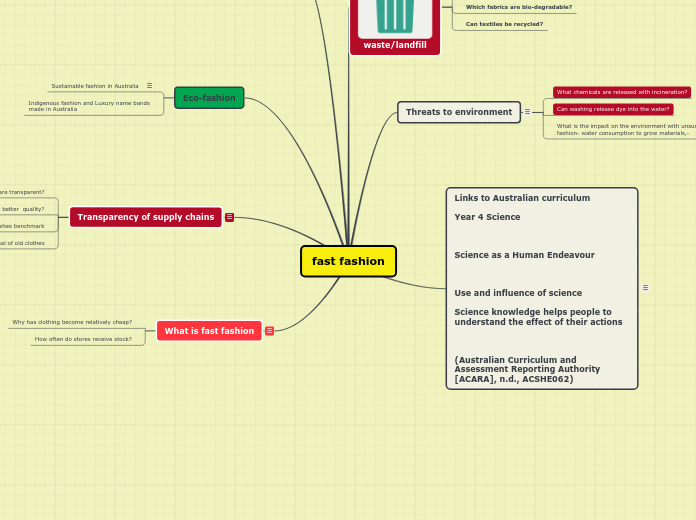What is the Social in Marketing?
What is Stakeholder Marketing?
(a) thinking about how value is created and traded, (b) linking ethics and capitalism, and (c) developing a managerial philosophy to rethink the traditional ways of conceptualizing the responsibilities of the firm (Parmar et al.2010 )
Unlike a conventional business, a social venture must engender “legitimacy” and trustworthiness amongst both its internal and external stakeholders
Activities and processes within a system of social institutions that facilitate and maintain value to exchange relationships with multiple stakeholders Hult 2010
secondary stakeholders
Include special interest groups, the mass media, trade associations, and direct and indirect competition.
primary stakeholders
Customers, suppliers, employees, regulators and the local community
Social marketing deals with the stakeholder’s core beliefs and values, whereas business marketing often deals with superficial preferences and opinions that are related to the founding team. (
RC Lefebvre - 2013
Green marketing Kumar, 2015
Green spinning
themes
Green marketing consequences, literature is classified as consequences of green marketing strategies and consequences of green marketing activities.
Miles and Covin (2000) discussed environmental marketing as a source of reputational, competitive and financial advantage. Leonidou et al. (2013) investigated the effect of green marketing mix on product-market performance and return-on-assets.
Green marketing strategy is classified as: strategy types; approaches to manage green marketing strategy; and its evaluation.
Menon and Menon (1997) defined its three levels of green marketing strategy: strategic (corporate level), quasi-strategic (business level) and tactical (functional)
Jose (1996) proposed environment-strategy matrix and described its rationale for strategy selection
Eco-orientation is a business philosophy that provides companies strategic competitive advantage in environmentally sensitive markets
The literature illustrated upon the fact that firms need to develop internal eco-orientation to develop green marketing decisions while external eco-orientation balances economic and environmental objectives.
Kotler and Armstrong (2009) define green marketing as “marketing that meets the present needs of consumers and businesses while also preserving or enhancing the ability of future generations to meet their needs”
Green marketing was first introduced by Lazer (1969) as a societal dimension of marketing that addresses limited availability of environmental resources, environmental impacts of conventional marketing and greening of the different aspects of traditional marketing.
Thematic Classification of green marketing
Marketing’s Role in Cross-Sector Collaboration (Austin 2003)
Collaboration Continium
Integrative Stage. A smaller but growing number of collaborations evolve into strategic alliances that involve deep mission mesh, strategy synchronization, and values compatibility. People begin to interact with greater frequency and many more kinds of joint activities are undertaken. T
The types and levels of institutional resources used multiply. Core competencies are not simply deployed but combined to create unique and high value combinations. The degree of organizational integration begins to take on the appearance of a joint venture, and in some instances the partners have actually created new, jointly governed entities to carry out their collaboration. This stage of collaboration sometimes involves market development and also internal organizational marketing.
Transactional Stage. Significant numbers of firms and nonprofits are migrating into this second stage, in which the interaction tends to focus on more specific activities in which there is a significant two-way value exchange.
The organizations’ core capabilities begin to be deployed and the partnership is more important to each other’s missions and strategies. It is no longer simply a transfer of funds. This stage would encompass such activities as cause-related marketing programs, event sponsorships, special projects, and employee volunteer services.
Philanthropic Stage. Most common type of relationship between businesses and nonprofits. It consists of annual corporate donations of money or goods made in response to requests from nonprofits.
he level of engagement and resources is relatively low, infrequent, simple, and nonstrategic. It is basically a check-writing relationship. The giver has a charity mindset and the recipient a grateful attitude. The relationship is valuable as part of an effort to market the company as a caring, responsible institution and even to market the nonprofit as a credible organization meriting support.
Companies that support social causes and are meaningfully engaged with nonprofit organizations create a competitive advantage in recruiting employees.
Social Marketing Tools
Corporate citizenship
Has been linked to sellf-interes or rationalised as "social investing".
giving back to the communities where we operate since this "makes them better places to live and work, in turn making them betterplaces to do business"
Corporate citizenship involves the social responsibility of businesses and the extent to which they meet legal, ethical and economic responsibilities, as established by shareholders.
Cause Related Marketing
In all instances the company is promotionally associated with the nonprofit partner’s name and cause. In return, the nonprofit generally receives payments based on a percentage of consumer transactions during the campaign, or licensing fees from the use of the organization’s logo, or simply publicity for the nonprofit’s cause. CRM also encompasses event sponsorships.Samu 2003
Cause Marketing deals with supporting social causes through paid sponsorships of promotional efforts. It deals with donating a percentage of revenues to a specific cause based on product sales during an announced period of time.(After Kotler & Lee 2005)
Cause-related marketing (CRM) is a form of transactional stage collaboration that has grown rapidly in importance to businesses and nonprofits.
Para-social relationships
the viewers were more likely to perceive a paid endorsement of a brand, product or service as credible and authentic if they had already established a para-social relationship with the endorser
several studies connected para-social relationships to perceived credibility, authenticity and trustworthiness (Rasmussen, 2018; Harrison, 2018; Kim, Kang, and Lee, 2018).
relationships between audiences and performers, where the audience members felt they had a friendship-like connection with the performer (Horton and Wohl, 1956).
Marketing for stakeholders
Social Marketing Mapping
User gnerated content
Customer personae
Customer touchpoint
Customer journey mapping
A (social) venture should be seen by its stakeholder communities to be different.
Differential marketing – when a business targets a portfolio of client segments and then delivers separate product or service offerings for each of these segments. (Kotler 1996)
based on genuine product, service, personnel or channel innovations
Blended values implies that for a firm to make a profit it needs to balance commercial profit with social gains for its target audiences.
Social marketing involves changing intractable behaviours, in complex economic, social and political climates with often very limited resources.
a for profit aims to maximise economic value, while a charity or not-for-profit seeks to create real social value (Dees, 1998).
The role of the social marketer is to meet society’s desire to improve its citizens’ quality of life.
To grow a (social) venture should be distinctive from others in their market-place, offering value to their service users and stakeholders.
The Marketing Challenge
Social sustainability is a, therefore, a broad term that can relate to the sustainability of a venture to grow and create impacts.
According to Gupta, 2012 most researchers relate sustainability only to environmental issues, whereas sustainability includes social as well as economic issues
Social marketing needs to create new sustainable value that balances stakeholder resources to programmes that changes social and environmental factors that act as barriers to changes (or enablers) in consumption behaviors, over the long term term. (Rundle-Theile, 2019)
Gordon et al, 2016 suggest marketing can be used to stimulate demand and has played an important role in economic growth and prosperity across the globe. Hence marketing could be blamed for some society’s avarice and consumption.
Kumar
Ethical marketing
In the same way that it is assumed that businesses are motivated by profit so it is also assumed that all consumers are motivated by cheap prices. This is too simple
But the concept of “enlightened self-interest” suggests that persons or businesses who act to further the interests of others (or the interests of the group or groups to which they belong), ultimately serve their own self-interest.
In 1962 Friedman noted that “there is only one social responsibility of business – to use its resources and engage in activities designed to increase its profit so long as it . . . engages in open and free competition without deception and fraud” (Friedman, xii 1962, p69).
Marketing has value and exchange at its core
In the social economy this same level of choice may not apply since goods are not traded at full economic cost to the consumer – they are subsidised and non-competitively provided.
Consumers always have a choice in the private marketplace, at least, of buying or not buying a product or service and, where competitive markets exist, they can choose according to their own preferences.
When people become conscious of an opportunity for the exchange of values within its target
the value creation and exchange processes that occur between and among stakeholders in affecting marketing performance
“ Marketing is specifically concerned with how transactions (exchanges) are created, stimulated, facilitated, and valued ” (Kotler 1972, p.49).
In the last analysis, the artist may shout from all the rooftops that he is a genius; he will have to wait for the verdict of the spectator in order that his declarations take a social value and that finally, posterity includes him in the primers of art history. (Duchamp [1957] 1973: 47)
Kother and Zaltman (1971) sees marketing as a framework for change, especially within health care and social causes.
"Social marketing, like generic marketing, is not a theory in itself. Rather, it is a framework or structure that draws from many other bodies of knowledge such as psychology, sociology, anthropology and communications theory to understand how to influence people’s behaviour (Kotler and Zaltman, 1971). Like generic marketing, social marketing offers a logical planning process involving consumer oriented research, marketing analysis, market segmentation, objective setting and the identification of strategies and tactics. It is based on the voluntary exchange of costs and benefits between two or more parties (Kotler and Zaltman, 1971). However, social marketing is more difficult than generic marketing. It involves changing intractable behaviours, in complex economic, social and political climates with often very limited resources (Lefebvre and Flora, 1988). Furthermore, while, for generic marketing the ultimate goal is to meet shareholder objectives, for the social marketer the bottom line is to meet society’s desire to improve its citizens’ quality of life. This is a much more ambitious - and more blurred - bottom line."
Social responsibility in marketing encompasses how consumers behave, the role of regulations along with environmental and sustainable marketing.
The principle behind social marketing is that being a good company attracts consumers to a company and make a profit whilst unethical behaviour would result in customers avoiding that product or organisation. Thompson 2017
Social marketing is based on the adaptation of the contemporary commercial marketing
theory and practice as a means of guiding and aiding social change campaigns. Dann 2010
Social marketing typically has to deal with the stakeholder’s core beliefs and values, whereas business marketing often deals with superficial preferences and opinions that are related to the founding entrepreneur. (Kotler and Zaltman (1971)
“ Marketing is an organizational function and a set of processes for creating, communicating and delivering value to customers and for managing customer relationships in ways that benefit the organization and its stakeholders” (Keefe 2004
Kotler et al, state that “marketing is more than an isolated business function – it is a philosophy that guides the entire organisation”.









